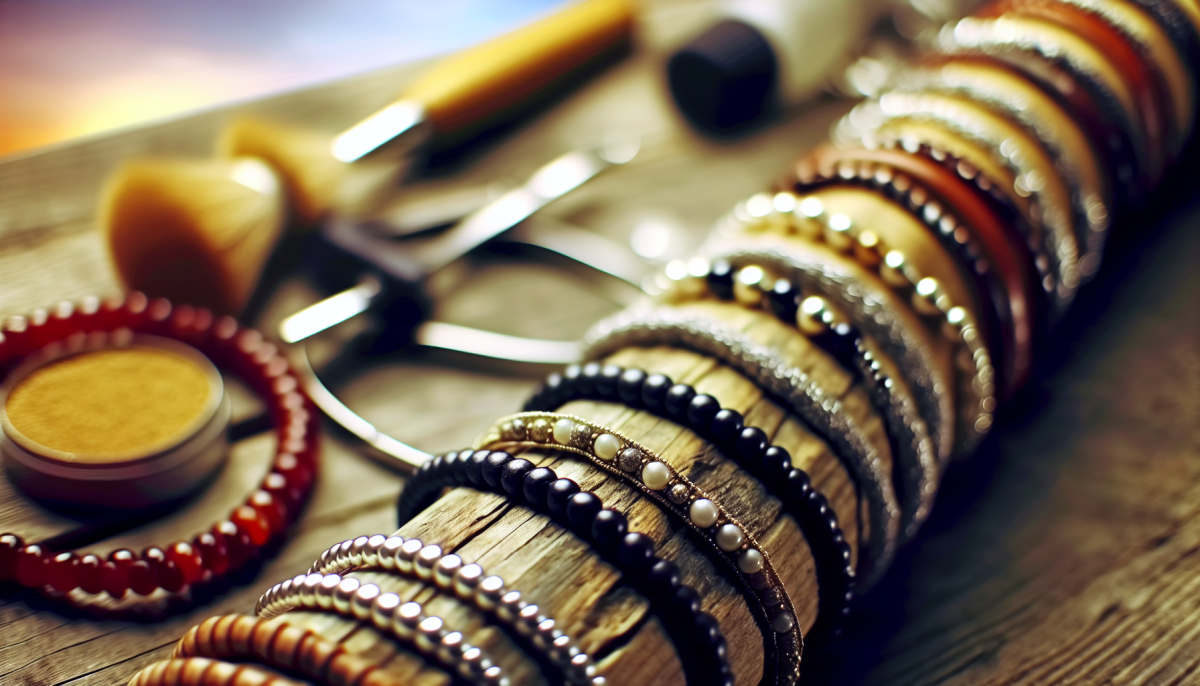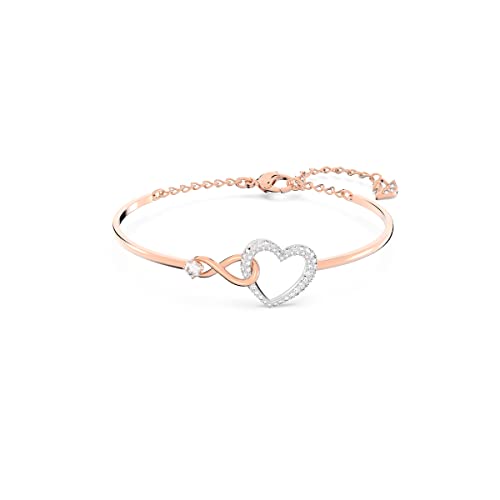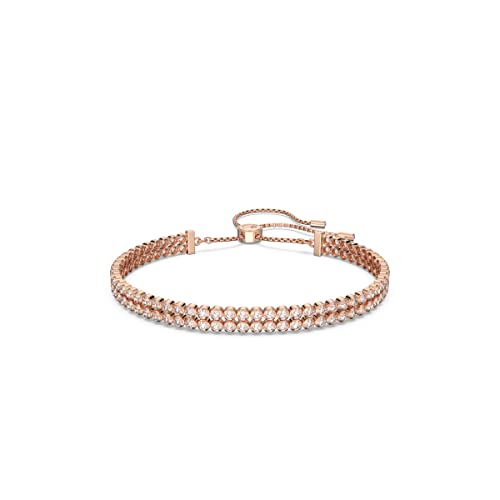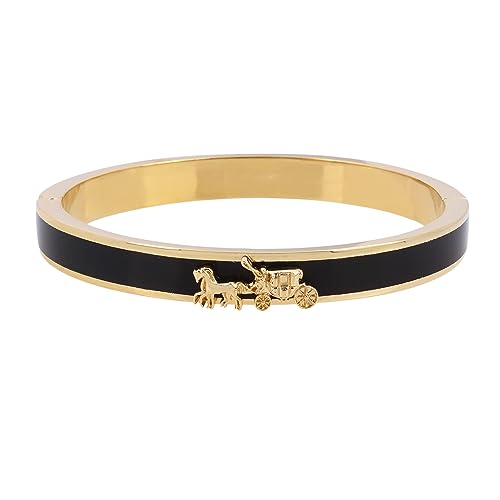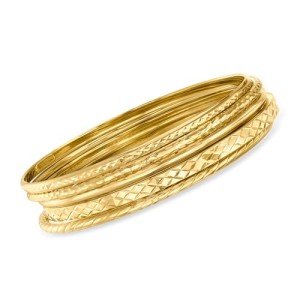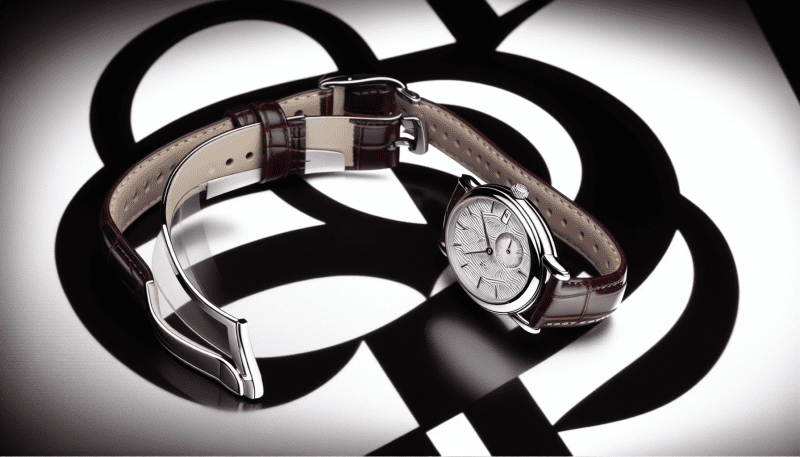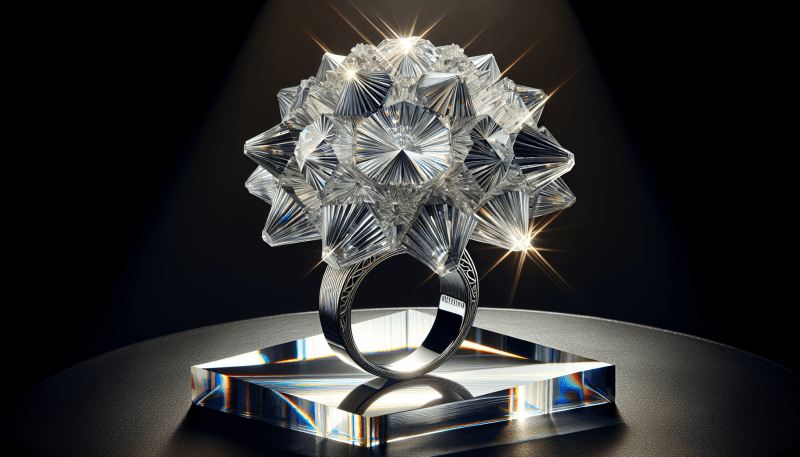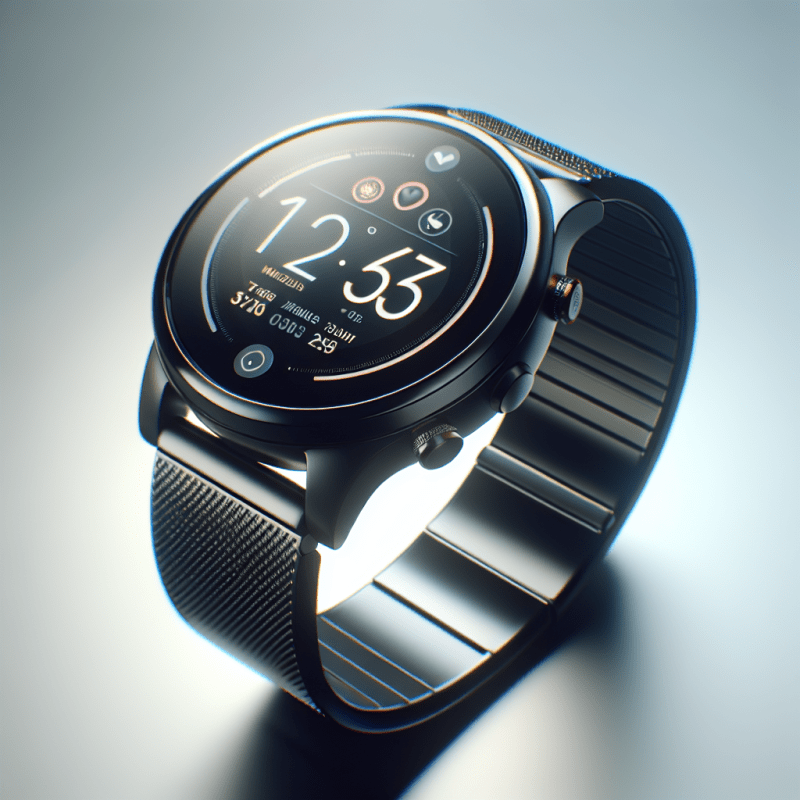When selecting a bracelet that suits your lifestyle, several key factors should be taken into account. The material composition of the bracelet is a primary consideration. Individuals with active lifestyles may prefer bracelets made from durable materials such as stainless steel or leather, which are less prone to wear and tear from daily activities.
In contrast, those seeking a more refined and elegant accessory for special occasions may opt for bracelets crafted from precious metals like gold or silver, which can add a touch of sophistication to any ensemble. In addition to material considerations, the style of the bracelet is also an important factor. Individuals with a casual aesthetic may prefer simple and understated designs that can be paired with a variety of outfits.
Conversely, those with a bolder and more eclectic style may be drawn to statement bracelets featuring unique designs and eye-catching details. Ultimately, the ideal bracelet is one that not only complements an individual's personal style but also integrates seamlessly into their daily life.
Key Takeaways
- Choose a bracelet that suits your lifestyle and activities to avoid damage and wear.
- Clean and maintain your bracelet regularly to keep it looking its best.
- Store your bracelet properly to prevent tangling, scratching, or other damage.
- Understand the different materials used in bracelets and how to care for them.
- Consider seeking professional help for bracelet maintenance if needed.
Cleaning and Maintaining Your Bracelet
Regular Cleaning is a Must
Once you've chosen the perfect bracelet for your lifestyle, it's essential to take proper care of it to ensure it stays looking its best for years to come. One of the most critical aspects of caring for your bracelet is regular cleaning. Depending on the materials your bracelet is made from, there are different cleaning methods you can use.
Material-Specific Cleaning Methods
For example, if your bracelet is made from stainless steel, you can simply use a soft cloth and warm, soapy water to gently clean away any dirt or grime. On the other hand, if your bracelet is made from precious metals such as gold or silver, you may want to invest in a jewelry cleaning solution specifically designed for these materials.
Maintenance and Precautions
In addition to regular cleaning, it's also important to maintain your bracelet by keeping it away from harsh chemicals and extreme temperatures. This means taking off your bracelet before swimming in chlorinated pools or using cleaning products that contain harsh chemicals. Additionally, it's a good idea to remove your bracelet before engaging in activities that could cause it to come into contact with extreme temperatures, such as cooking over an open flame or spending time in a sauna. By taking these simple precautions, you can help to ensure that your bracelet stays looking beautiful and in top condition for years to come.
Storing Your Bracelet Properly
Proper storage is another important aspect of caring for your bracelet. When you're not wearing your bracelet, it's important to store it in a safe and secure place to prevent damage and wear. One of the best ways to store your bracelet is in a jewelry box or organizer that has separate compartments for each piece.
This will help to prevent your bracelet from becoming tangled with other jewelry and will also protect it from getting scratched or damaged. If you don't have a jewelry box or organizer, you can also store your bracelet in a soft pouch or cloth bag to keep it safe from dust and scratches. It's also important to consider the environment in which you store your bracelet.
Extreme temperatures and humidity can cause damage to certain materials, so it's best to store your bracelet in a cool, dry place away from direct sunlight. Additionally, if you have a bracelet that features gemstones or delicate details, it's a good idea to store it separately from other jewelry to prevent any potential damage. By taking the time to store your bracelet properly when it's not being worn, you can help to prolong its lifespan and keep it looking beautiful for years to come.
Avoiding Damage and Wear on Your Bracelet
In addition to regular cleaning and proper storage, there are a few other steps that you can take to avoid damage and wear on your bracelet. One of the most important things to keep in mind is to be mindful of how you wear your bracelet. For example, if you have a delicate bracelet that features intricate details or gemstones, it's best to avoid wearing it during activities that could cause it to come into contact with hard surfaces or rough materials.
This means taking off your bracelet before engaging in activities such as gardening, sports, or heavy lifting. It's also important to be mindful of how you put on and take off your bracelet. Pulling on your bracelet too forcefully or bending it out of shape can cause damage over time.
Instead, take the time to carefully put on and take off your bracelet, being mindful of any clasps or closures that could become damaged with rough handling. By being mindful of how you wear and handle your bracelet, you can help to prevent unnecessary wear and tear and keep it looking beautiful for years to come.
Understanding Different Bracelet Materials
When it comes to caring for your bracelet, it's important to understand the different materials that are commonly used in their construction. Each material has its own unique properties and requires specific care in order to keep it looking its best. For example, bracelets made from stainless steel are durable and resistant to tarnishing, making them relatively low-maintenance.
However, they can still benefit from regular cleaning with warm, soapy water and a soft cloth. On the other hand, bracelets made from precious metals such as gold or silver require more specialized care in order to keep them looking their best. These materials can tarnish over time and may require regular polishing with a jewelry cleaning solution in order to maintain their luster.
Additionally, bracelets made from leather require special care in order to prevent damage from moisture and humidity. It's important to keep leather bracelets dry and avoid exposing them to extreme temperatures in order to prevent cracking and warping.
DIY Bracelet Care Tips
Cleaning Tarnished Sterling Silver
If your sterling silver bracelet has become tarnished over time, you can use a simple DIY cleaning solution to restore its shine. Mix equal parts baking soda and water to form a paste, then gently rub it onto the tarnished areas of the bracelet using a soft cloth. Rinse the bracelet thoroughly with warm water and dry it completely before storing it.
Conditioning Leather Bracelets
To keep your leather bracelet soft and supple, regularly condition it with a leather conditioner. This will help prevent cracking and warping over time and keep your leather bracelet looking beautiful for years to come.
Cleaning Beaded or Gemstone Bracelets
For bracelets made from beads or gemstones, use a soft toothbrush and warm, soapy water to gently clean away any dirt or grime that has accumulated over time.
Seeking Professional Help for Bracelet Maintenance
While regular cleaning and DIY care tips can go a long way in keeping your bracelet looking its best, there are some instances where seeking professional help for maintenance may be necessary. For example, if you have a bracelet with intricate details or gemstones that have become loose or damaged over time, it's best to take it to a professional jeweler for repair. Attempting to fix these issues on your own could potentially cause further damage and may result in costly repairs down the line.
Additionally, if you have a bracelet made from precious metals such as gold or silver that has become heavily tarnished over time, taking it to a professional jeweler for professional cleaning and polishing may be necessary in order to restore its luster. Professional jewelers have the expertise and specialized equipment needed to safely clean and restore precious metals without causing damage. In conclusion, caring for your bracelet is an important part of ensuring that it stays looking beautiful for years to come.
By choosing the right bracelet for your lifestyle, regularly cleaning and maintaining it, storing it properly, avoiding damage and wear, understanding different materials, using DIY care tips, and seeking professional help when necessary, you can help to prolong the lifespan of your bracelet and keep it looking its best. With proper care and maintenance, your favorite bracelets can continue to be cherished pieces in your jewelry collection for many years.
